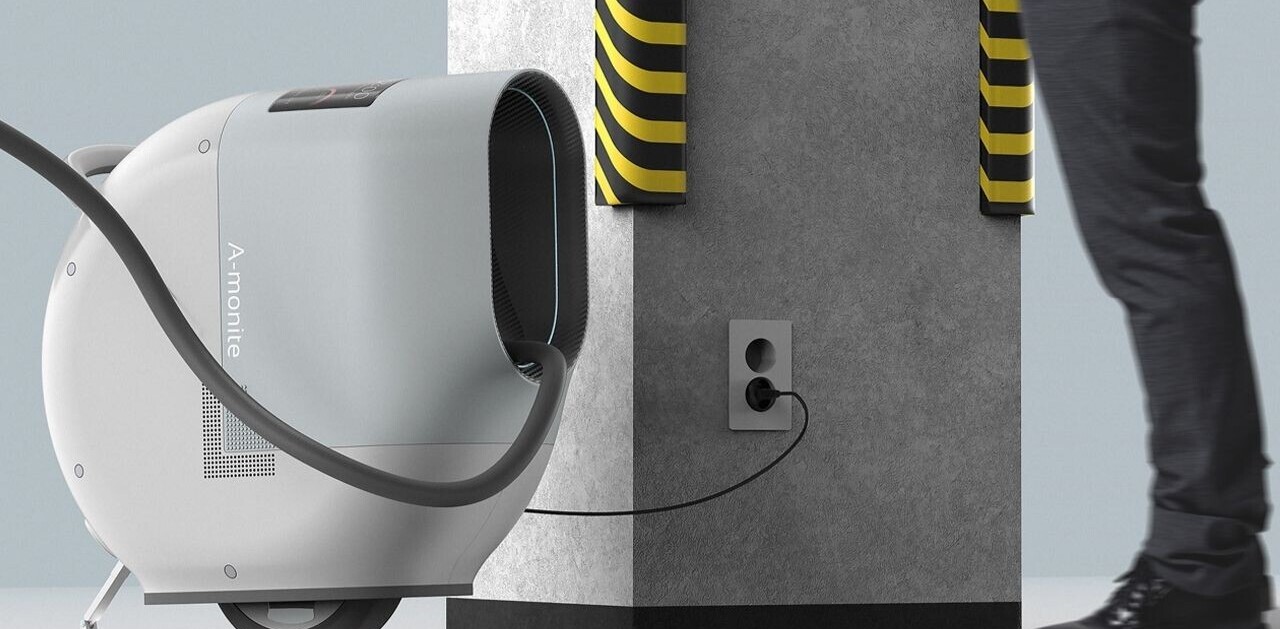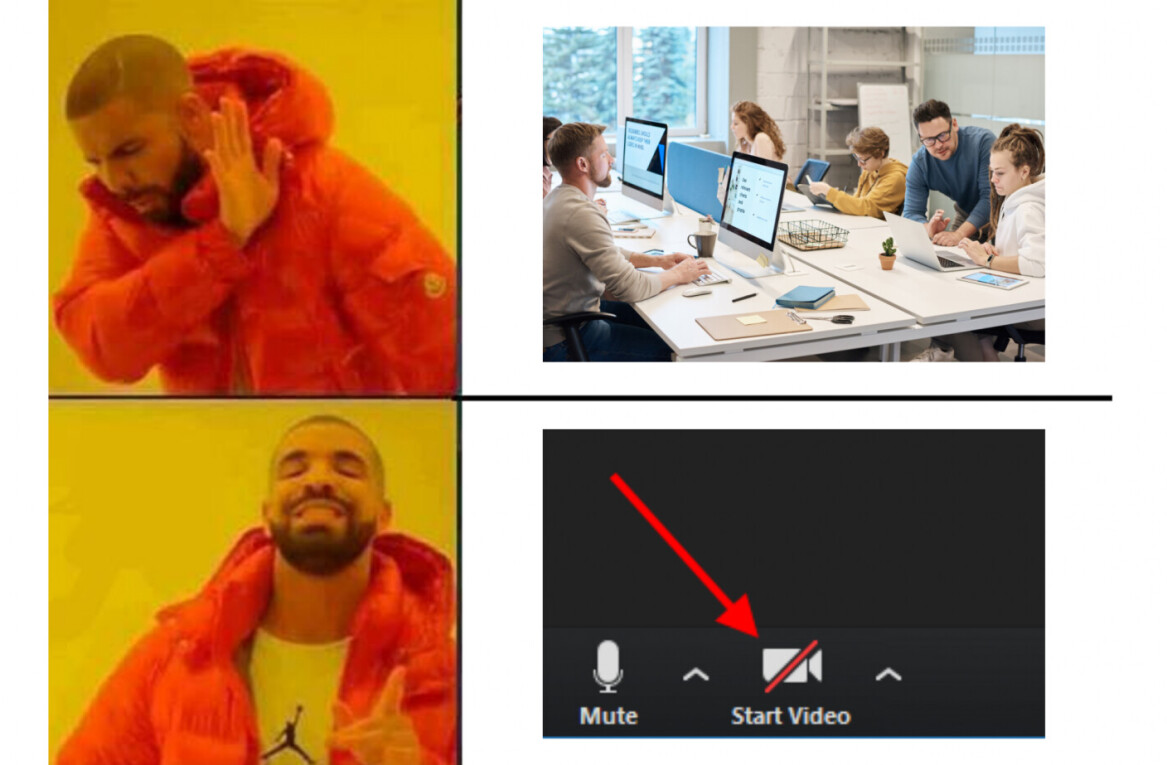
Recently, I was out to dinner with my wife and a few old friends from my student days at UCLA’s film school—successful writers and directors for film and television, some of the most creative people I know. I was telling them how excited I was to have gotten a ticket to the Eyeo Festival, an annual event about creative coding and the creative potential of data that always sells out in minutes.
My friends were perplexed: how could I (and all these other people hungry for Eyeo tickets) possibly be so excited about data?
Too often, data is viewed skeptically by artists and designers. Putting aside the many culprits for this—the segregation of art education from science and math, to name one—this skepticism is marked by what seems like perfectly reasonable logic: since creativity is fundamentally unknowable, and data is all about knowability, data must be a countervailing force to creativity.
They’re completely right about the ineffable nature of the creative spark; it’s impossible to explain exactly how you go from being full of doubt and confusion one moment to flush with inspiration the next. In my favorite explication of creativity, John Cleese stated,
“it is futile for me to talk about creativity [because] it simply cannot be explained; it’s like Mozart’s music or Van Gogh’s painting.”
But, just because creativity is inexplicable doesn’t mean there aren’t more effective ways to operate creatively. Cleese describes that you can operate more creatively if you protect and nurture what he calls the “open mode.” Here, you are free to play and invent, which is the opposite of the “closed mode,” which is all about getting things done.
There are five things that Cleese cites as useful in facilitating the open mode: boundaries that give space to play; time to explore and create; time after exploring to mull over and let your unconscious mind work; confidence to be open; and—naturally—humor.
For Cleese, “boundaries,” means avoiding distraction and being focused. I would suggest that isn’t the only type of boundary that can help you operate creatively. The other type of boundary—which I think Cleese assumes as a given—are your goals.
For an artist (like Cleese), this might be a theme, or a medium; for a designer, a person’s need to be met; for an architect, a building’s purpose; and so on. Defining goals doesn’t close you down; it creates room to play.
The key to understanding data’s role in inspiring creativity is to avoid looking at it as a means to engineer insight—instead look at data as a means to create boundaries within which to play.
For data to facilitate playful creative exploration, it’s helpful to consider the following:
Don’t Mistake Data for Information
There’s lots of debate around whether “big data” is good or bad for creativity. You might as well ask whether ants—the global population of which is also incomprehensibly vast—are good or bad for creativity. While data is neither good nor bad for creativity, information and knowledge gleaned from analysis of data can inspire.
Traditionally, research methodologies within the design process have been dominated by studies that identify design opportunities through ethnographic, sociological and psychological analysis. Data analytics, conversely, are often used to identify and iterate on usability issues. For data to be useful in framing up the creative process, it needs to be translated into information that has a relationship to your creative goals.
Make Data Analysis a Creative Activity Through Visualization
“Data analysis” can sound cold and intimidating. However, it can also be a place for creative ideation.
Singapore Math, teaches students to approach problems and understand them not through memorization, but through understanding the core principles of how math operates. Students are encouraged to solve problems via many approaches, one of which is visualization.
Likewise, data analysis can be approached through creativity. Playing with data can lead to interesting and innovative insights, as well as give the practitioner a comprehensive view of different perspectives on the problem.
In Envisioning Information, Edward Tufte says, “Good displays of data help to reveal knowledge relevant to understanding mechanism, process and dynamics, cause and effect.”
Put another way: effective data visualizations give you insight.
Use Insights from Data to Rewrite the Brief
Often designers and agencies are given assignments like, “we need a new website” or, “we need a new campaign.” Framing the brief this way limits creativity; it frames the task in terms of what Cleese would call the “closed mode.”
By starting a project with focusing on empathy and understanding, you focus less on a closed-mode envisioning of a specific output, and more on and open-mode envisioning of solving people’s needs. Instead try: “how might we…?”
This is a crucial question for every designer to ask when starting a project — it frames your challenge in terms of the ultimate goal, without limiting the assumptions about how you are going to achieve it. It’s the perfect input to creative ideation.
Data can be used to frame up serious problems—“How might we reduce infant mortality?”—or comparatively small, focused ones—“How might we reduce the number of calls to our call center?” Asking a “how might we…?” question that articulates a desired quantifiable impact—the words “reduce” or “increase” are key here—avoids presuming a solution, and thereby opens up a world of potential creative opportunity.
Use Data to Create Variations
Another insight from Cleese is to beware “the deciders”:
“The people I find it hardest to be creative with are people who need all the time to project an image of themselves as decisive, and who feel that to create this image they need to decide everything very quickly and with a great show of confidence…this behavior is the most effective way of strangling creativity at birth.”
Cleese stresses that being creative means being open, and being open means putting off the decision about what’s best until such a decision absolutely must be made.
This assumes that the creative process must drive toward one idea that “wins.” In contrast to this linear approach, digital media is capable of producing multi-variate solutions. Using data, creative concepts no longer have to submit to a one-size-fits-all approach; instead, they can be personalized to different people based on data.
This requires a shift in mindset from shaping determinate results to enabling parametric possibilities. In the parametric mindset, you are focused on creating variable systems rather than singular solutions. For example, the radical variations that Nike’s Flyknit technology enables and Zaha Hadid’s architecture are good examples of parametric thinking.
Creativity is empowering and is at the heart of what makes us human—but, as John Cleese asserts, “Creativity is not a talent … it is a way of operating.” Data can be used in a variety of ways to help you operate creatively, so long as you look at creativity as something to be facilitated rather than engineered, and data means to open up spaces for invention and exploration, rather than as part of closed-mode analysis.
Read Next: 11 tools for a healthy Hadoop relationship
Image credits: Shutterstock
Get the TNW newsletter
Get the most important tech news in your inbox each week.









